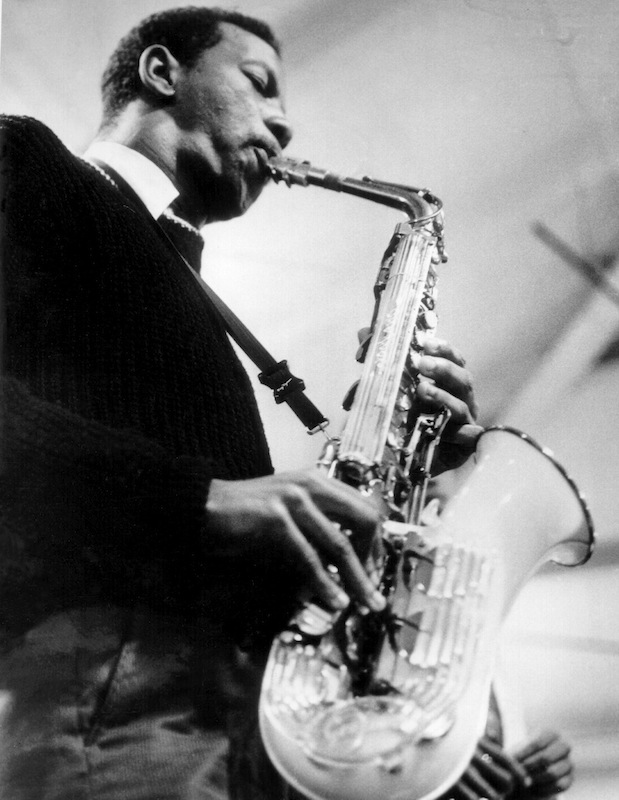
When TIME first wrote about the work of jazz saxophonist Ornette Coleman—who died on Thursday at 85—it was 1960 and Dizzy Gillespie was confused. “I don’t know what he’s playing,” the famed trumpeter admitted.
He was, the story continued, doing something new, and in the process creating much ado in the jazz world. But what exactly was so new and different about his sound? TIME explained:
Like many a modern jazzman, Coleman is trying to enlarge the content of jazz by allowing for a greater degree of improvisation. Bop musicians, most notably Parker, attempted the same thing in the 1940s by ignoring traditional rests and introducing low-volume rhythmic subtleties that freed soloists from the slogging swing beat. In the late ’40s came the cool style pioneered by Miles Davis, with its lagging beat and light, dry sound.
But some of Coleman’s critics feel that he has not only stretched jazz structure but has totally demolished it. Improvisation, to Coleman, means music not limited by standard rhythms, harmonies, or even tonality, but based instead on a kind of free association of sounds.
Coleman’s willingness to break sound barriers was why, in his youth, one of his early bosses—bandleader Pee Wee Crayton—hired him and then paid him not to play. But, once the world caught up with him, it was what ended up making him a legend.
Read the full 1960 story, here in the TIME Vault: Beyond the Cool
More Must-Reads From TIME
- Dua Lipa Manifested All of This
- Exclusive: Google Workers Revolt Over $1.2 Billion Contract With Israel
- Stop Looking for Your Forever Home
- The Sympathizer Counters 50 Years of Hollywood Vietnam War Narratives
- The Bliss of Seeing the Eclipse From Cleveland
- Hormonal Birth Control Doesn’t Deserve Its Bad Reputation
- The Best TV Shows to Watch on Peacock
- Want Weekly Recs on What to Watch, Read, and More? Sign Up for Worth Your Time
Write to Lily Rothman at lily.rothman@time.com